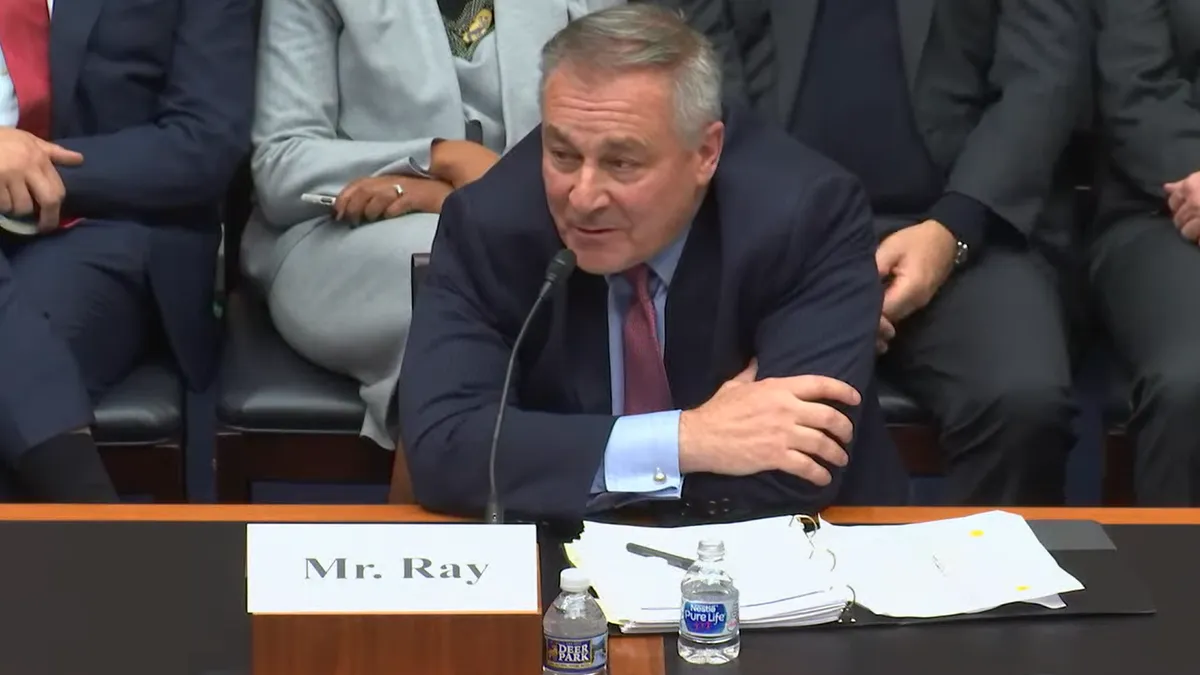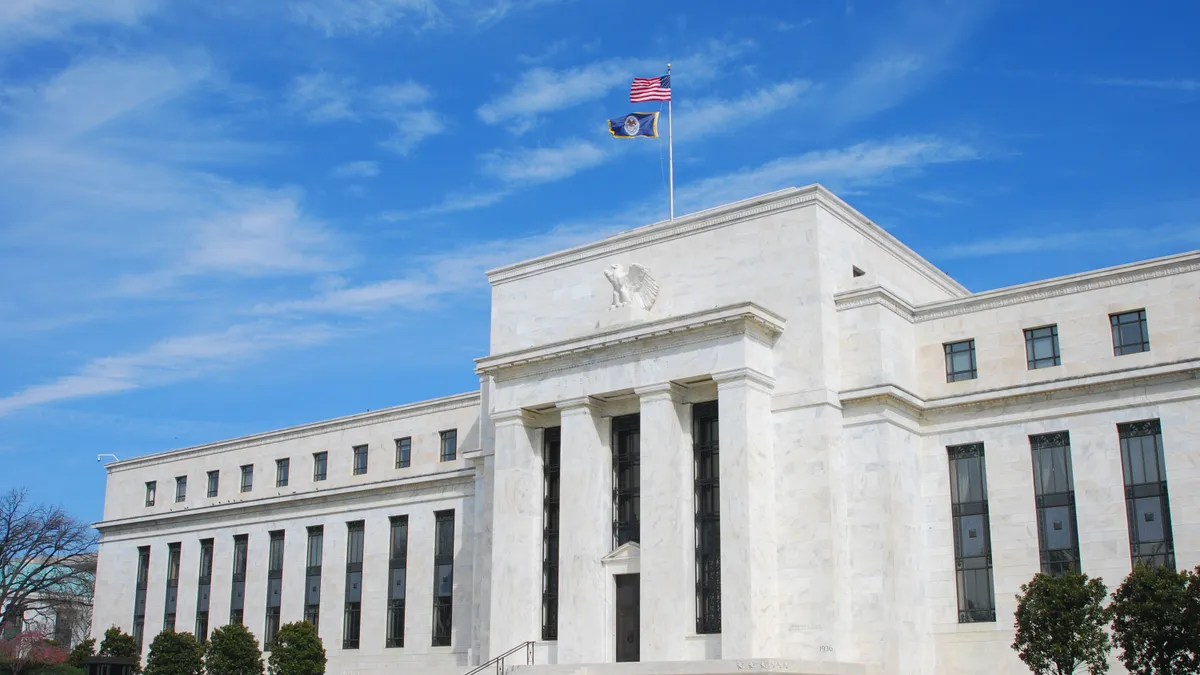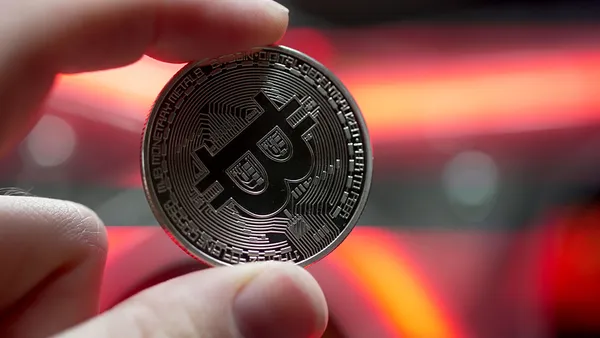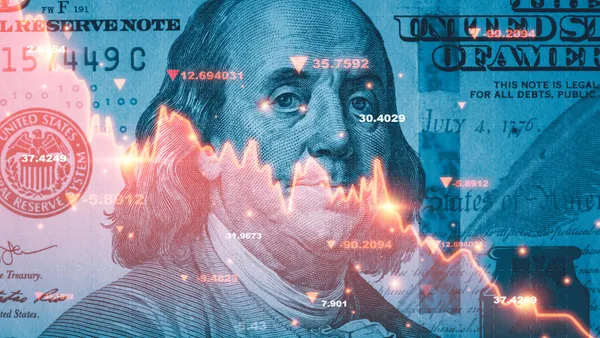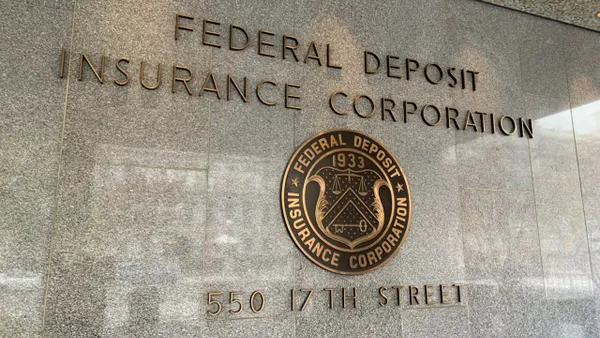Failed crypto exchange FTX has filed a proposal to end its bankruptcy and return money to creditors and customers, court documents show.
The proposal, filed on Saturday, values customer and creditor claims by the asset prices as they were when FTX filed for bankruptcy on Nov. 11, 2022. The crypto market is in a much different spot now than it was then: Bitcoin, for example, currently trades above $42,000. Then, amid an 18-month crypto winter, it was trading around $17,000.
Even FTX’s own native token, FTT, is trading better now than it was when FTX went bankrupt: as of Tuesday morning, it was trading at $3.62, compared to $2.62 at the time of bankruptcy, according to CoinGecko.
According to The Block, that positions creditors to lose millions — so the plan will likely be opposed by creditor groups.
FTX investor Sunil Kavuri told the publication that the plan goes against FTX's Terms of Service because, under those terms, the titles to digital assets belonged with customers rather than with the exchange.
“The reason [Sam Bankman-Fried] was convicted beyond reasonable doubt on all 7 counts was that he stole digital assets that were owned by FTX customers,” Kavuri told The Block.
According to Bloomberg, though, the major creditor and customer groups that have been involved throughout the bankruptcy proceedings have agreed to the outline of the plan. Creditors will vote on the plan next year before its submitted to US Bankruptcy Judge John Dorsey for approval.
Bankman-Fried, FTX’s founder and former CEO, was found guilty on seven counts of fraud and conspiracy last month following a five-week trial on his culpability in the multi-billion-dollar downfall of his former crypto exchange. The star witnesses in the government’s case included Caroline Ellison, former CEO of FTX-sister company Alameda Research; former FTX technology chief Gary Wang and former FTX engineering head Nishad Singh. The three of them were at one time Bankman-Fried’s closest confidantes, and were his ex-girlfriend, college roommate and family friend, respectively.
Ellison, Wang and Singh each separately pleaded guilty to federal charges connected to FTX’s downfall.
The conclusion of the criminal trial, of course, put no pause on news arising from the bankruptcy proceedings. Last week, court documents showed that the firm was fighting with the Internal Revenue Service in connection with an alleged $24 billion tax bill.
“There is simply no basis to support the IRS’s meritless claims that the Debtors owe tax in an amount that is orders of magnitude greater than any income the Debtors ever earned and that would effectively prevent most of FTX’s creditors — themselves victims of fraud — from obtaining any meaningful recovery,” FTX said in a court filing.
“These cases present a zero-sum game. The only source of recovery for the IRS is by taking recoveries away from victims,” FTX added. “As there is no basis to assert any tax claim against the Debtors, the IRS’s reliance on its own processes only serves to delay distributions to those truly injured.”
If the IRS’s claims aren’t resolved, further IRS investigation will take months, according to court filings.
Meanwhile, the company is losing roughly $1.3 million per day to bankruptcy fees. Other court filings from earlier this month showed lawyers and consultants working on the case charged $118.1 million for their work between Aug. 1 and Oct. 31.
Court-appointed fee examiner Katherine Stadler identified “areas of significant concern” in the fee bill, including “time spent monitoring Debtors’ professionals’ fees, repetitive and vaguely-described billing, staffing inefficiencies, apparently excessive time spent on committee calls and meetings, duplicating the work of Debtors’ professionals on avoidance and preference analysis, and arguably unnecessary work in pursuit of an alternative business plan.”



